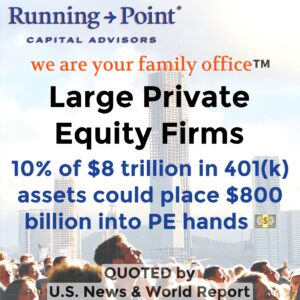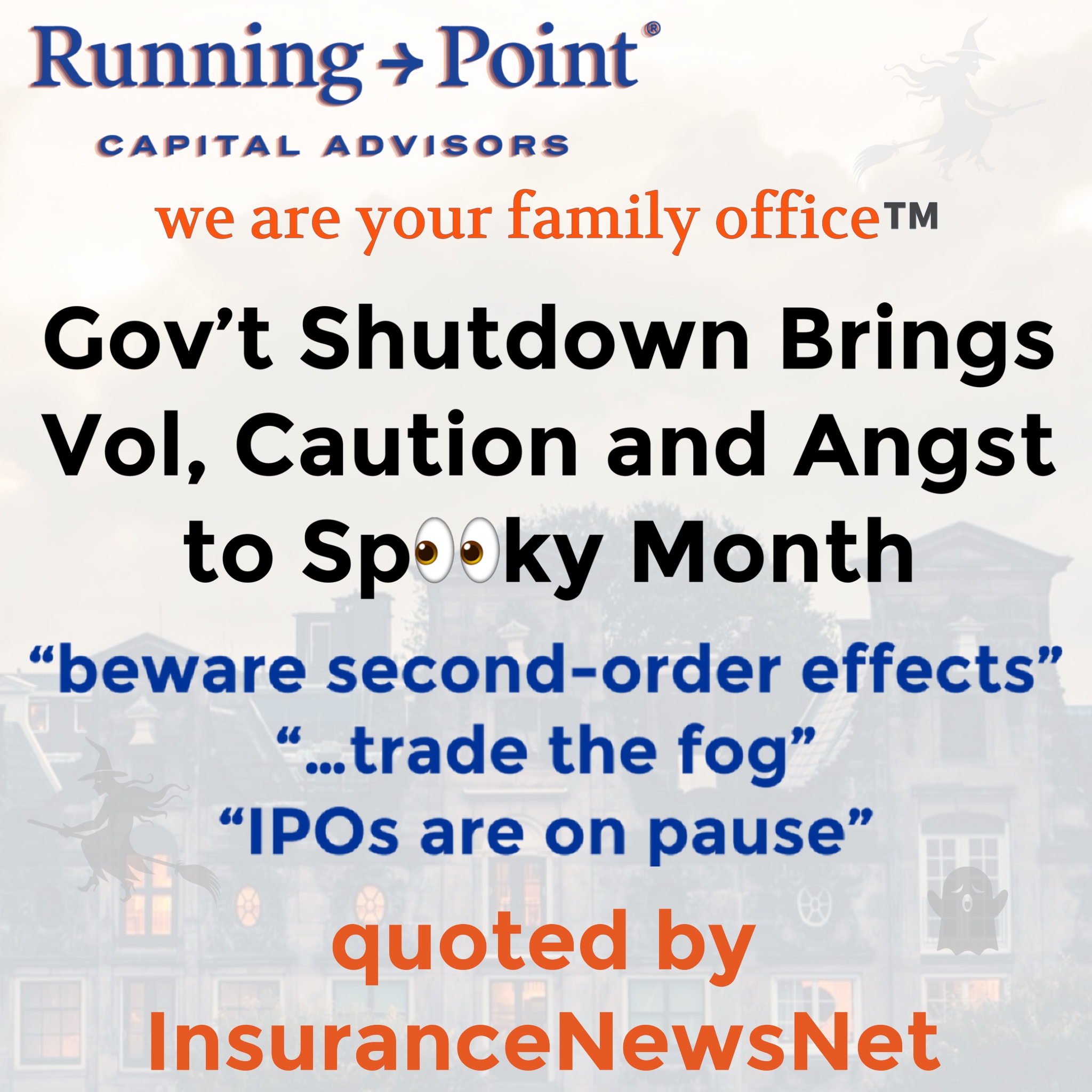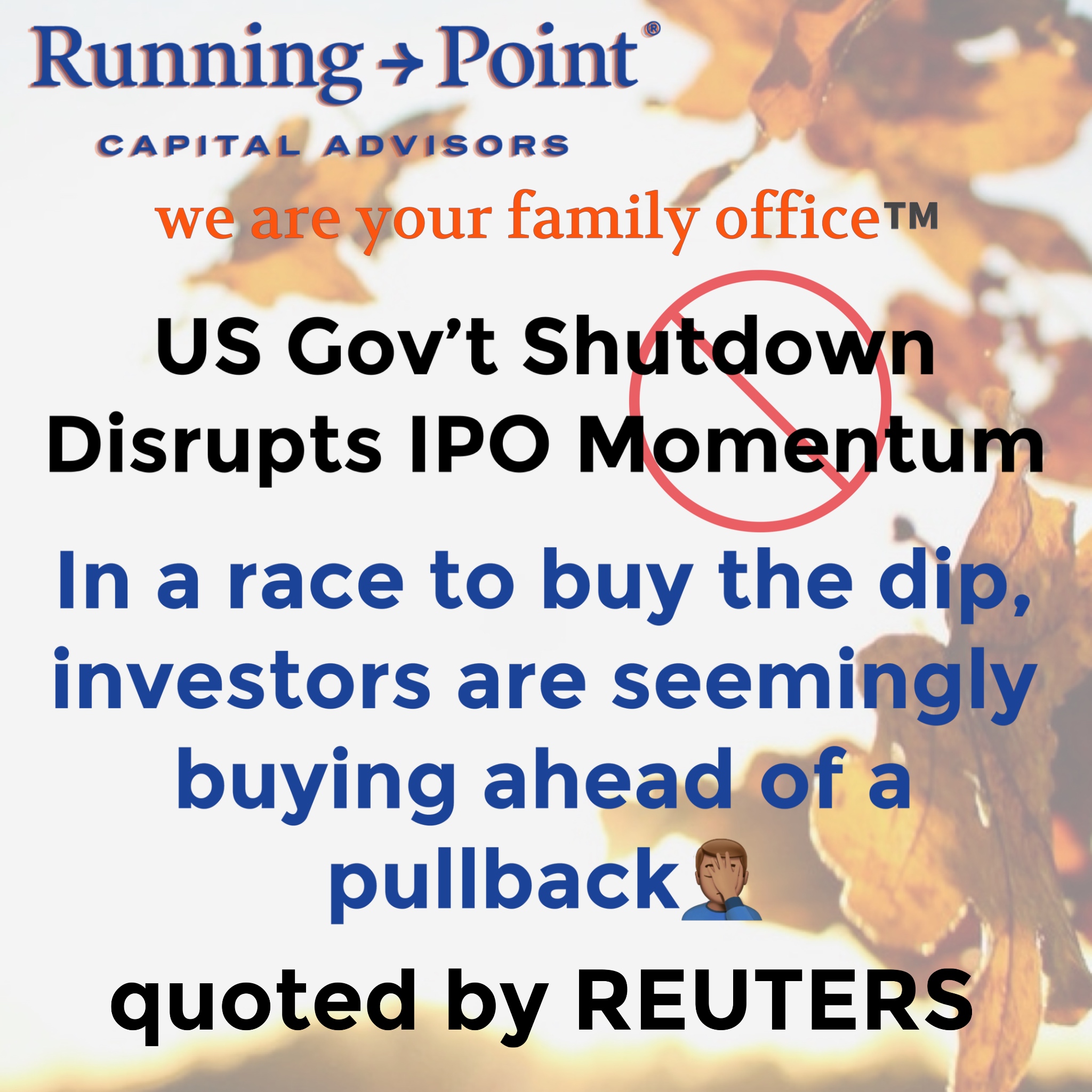The world’s largest private equity firms seek new inflows
PRIVATE EQUITY—”The world’s largest private equity firms are seeking new inflows, and policy changes may soon open the door for everyday retirement investors.” — reported in U.S. News & World Report by Tony Dong, MSc, CETF who sought out our thoughts regarding potential Private Equity investment choices for retirement accounts.
QUOTED EXCERPTS
“If everyday savers allocated just 10% of the roughly $8 trillion in U.S. defined contribution 401(k) assets into private equity, that could unleash $800 billion of new capital into the hands of these managers; enough to buy a small country or three,” explains Michael Ashley Schulman, investment officer at multi-family office Running Point Capital.
Schulman agrees with Ball when it comes to prudent limits. “Add in the fact that most savers do not have the time or context to evaluate complex performance metrics, and the whole thing could tilt from democratization of alternatives to retail investors subsidizing institutional economics,” he says.
ALSO QUOTED in the article
🔵Brady Ball, CFP®, wealth advisor at Focus Partners Wealth.
ADDTIONAL THOUGHTS
Efficiency of implementation is everything. If it is streamlined, fee-conscious, and transparent, private equity for retirement investors could be a smart way to enhance retirement outcomes. If it is clunky, expensive, and opaque, it risks becoming the Fyre Festival of retirement investing, lots of glossy marketing, very little actual nourishment.
The upside to bite size PE is diversification and democratization; the downside is retail investors learning the hard way that private equity is not a free lunch, it is a multicourse Michelin-star meal with a bill that comes due over years.
➕If private equity is slotted into retirement accounts through low-cost, well-diversified vehicles (think target-date funds with a measured private sleeve), it could offer everyday savers a slice of high-growth companies they would normally never touch. Done right, it diversifies away from public-market volatility, potentially adding that extra half to one percentage point of return per year, which over four decades can compound into a serious boost in retirement balances—a possible 15% to 20% lift in portfolio value, which makes actuaries and asset allocators salivate.
➖If implementation is sloppy, it risks being the financial equivalent of serving a five-course meal on a paper plate. Illiquidity means you cannot rebalance when you want, opaque valuations make it hard for investors to know what they own, and the fee structures can stack like a Jenga tower.

~~
Running Point—We “run point” on all things financial for you and your family.
🟠Personalized tax planning, estate planning, investing, wealth management
🟠We are your family office.™️
🟠Life Insurance Done Smart™️(LIDS) is our in-house PPLI and PPVA managed separate accounts program!
Disclosure: The opinions expressed are those of Running Point Capital Advisors, LLC (Running Point) and are subject to change without notice. The opinions referenced are as of the date of publication, may be modified due to changes in the market or economic conditions, and may not necessarily come to pass. Past performance is not indicative of future results. Forward-looking statements cannot be guaranteed. Running Point is an investment adviser registered with the U.S. Securities and Exchange Commission. Registration does not imply a certain level of skill or training. More information about Running Point’s investment advisory services and fees can be found in its Form ADV Part 2, which is available upon request. RP-25-228


